Many patients continue treatment after they have completed detox, lengthening their stay to 30-day rehab and/or 60+ day rehab, depending on recovery progress and treatment needs. Mental illness can lead many people to turn to drugs as a form of escapism, and those who misuse prescription drugs may experience worsened symptoms. Dual diagnosis treatment is required when a person’s drug abuse and mental illness simultaneously occur. Highly mary jane drugs trained dual diagnosis staff members are sensitive to individual needs and provide a safe and nurturing environment to recuperate from prescription drugs.
- Some prescribe buprenorphine, a narcotic that eases the symptoms of opioid withdrawal without making users feel “high.” Talk to your doctor about whether hospital detox would be right for you.
- Aim for seven to eight hours of sleep per night, and take naps or rest as needed.
- Research also shows that these medications and therapies can contribute to lowering a person’s risk of contracting HIV or hepatitis C by reducing the potential for relapse.
- Learn how medications can be used to treat substance use disorders, sustain recovery and prevent overdose.
- Following detox, you will benefit from ongoing treatment at an inpatient or outpatient drug rehab or treatment center.
Medications and Patient Rights
The drugs used during detox are designed to help reduce cravings and withdrawal symptoms. People who consider addiction treatment prescription-drugs often avoid them because of unpleasant and frequently dangerous withdrawal symptoms. Choosing a medically controlled detox eliminates the complications and allows for the most simple detox.
How Are Prescription Drugs Misused?
You will get prescription drugs that act in the body like heroin or alcohol in order to ease withdrawal symptoms. Medical detox takes place in a residential treatment center where you are under constant care from doctors, nurses, and other health professionals trained in treating and managing withdrawal from addictive substances. Professionals monitor your vital signs like heart rate, blood pressure, and temperature 24/7 and can administer medication to ease anxiety and other withdrawal symptoms. Close medical supervision ensures that any withdrawal complications can be addressed immediately. Medically managed detox aims to help individuals manage their withdrawal symptoms as safely and comfortably as possible. It can occur in an inpatient or outpatient setting, ranging from visits to a physician’s office at predetermined intervals to solution based treatment and detox reviews hospitalization.
Find Treatment
When someone develops a dependence on prescription medications, detox is the first step in recovery. Learning how to detox from prescription drugs and when to seek addiction treatment can help. When taking prescription drugs for CNS depressive disorders, you should seek medical attention for withdrawal symptoms.
What is Prescription Drug Withdrawal?
As your system struggles to cope in the absence of a substance to which it is accustomed, withdrawal symptoms are a physical and psychological response from the system. If you are battling with prescription drug dependence, you should not abruptly stop taking the medication. If prescription drug withdrawal is not properly managed, it can be aggravating and potentially life-threatening. Naloxone and nalmefene are both FDA-approved opioid overdose reversal medications (OORMs) that are used to prevent opioid overdose by reversing the toxic effects of the overdose. According to the World Health Organization (WHO), naloxone is one of a number of medications considered essential to a functioning health care system. Learn how medications can be used to treat substance use disorders, sustain recovery and prevent overdose.
Prescription drugs can be abused when used for a purpose other than that prescribed for the patient. Furthermore, some people can be at higher risk for experiencing severe withdrawal symptoms compared to others. Millions of people in the United States each year report misusing medications that are prescribed for medical and mental health conditions. Regular exercise can help boost mood, minimize stress, and support the body’s natural detoxification processes. You should nevertheless consult with your healthcare provider before starting an exercise program, particularly during the detox process.
But, if you don’t have insurance or the money to pay for this type of care, some inpatient detox programs serve people who can’t pay. If you are heavily addicted to any of the above substances and try to stop cold turkey, you may experience uncomfortable and dangerous withdrawal symptoms, such as rapid heart rate, hallucinations, and seizures. Reach out to our inpatient drug and alcohol rehab center in Mississippi right now to learn more about addiction treatment admissions, payment options for addiction treatment, and insurance coverage for rehab.
Withdrawal from a prescription drug addiction or dependence can be physically and mentally demanding. Each prescription drug has withdrawal symptoms specific to that medication. Some inpatient detox programs rely on peer support along with some medical care. Others may include complete medical monitoring with doctors and nurses available at all hours. If you are addicted to alcohol, pills, or illegal drugs, the first step toward recovery is detox. Also called detoxification or withdrawal treatment, detox is the process of clearing the substance from your body.
Psychological symptoms may persist for much longer if you do not seek professional treatment. Despite this, life-threatening withdrawal symptoms seldom manifest during a medically supervised detox or medical detoxification. Which is why whether you’re dealing ideas for substance abuse groups with Klonopin withdrawal, Hydrocodone withdrawal, OxyContin withdrawal, or something else, it is vital to seeek the help of a medical detox.
People who detox at home (and don’t follow it with an appropriate substance abuse treatment program) may be more likely to relapse. That’s because once the drugs are out of your system, your body won’t be able to tolerate the same amount as before. Once you develop a dependence on or addiction to a prescription drug and stop using it, your body begins to detoxify as it works to rid itself of the toxic substance and regain a natural equilibrium. This detox process causes withdrawal symptoms, which may occur even if you begin a tapering protocol rather than quitting cold turkey.


